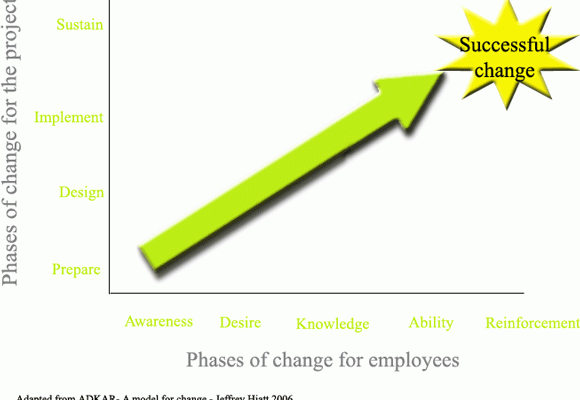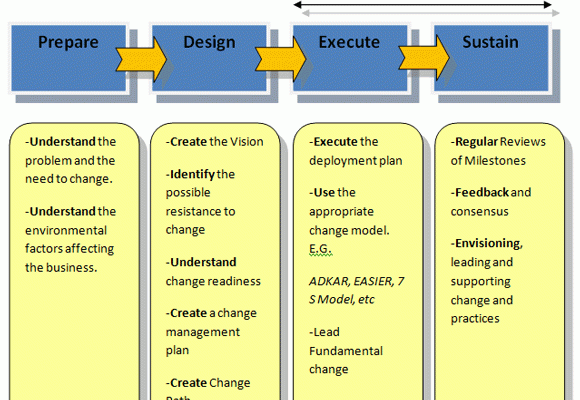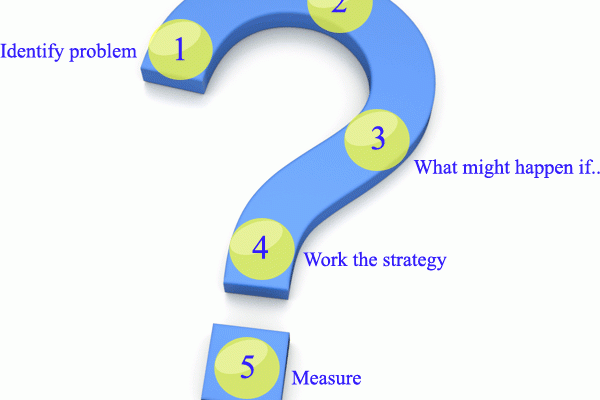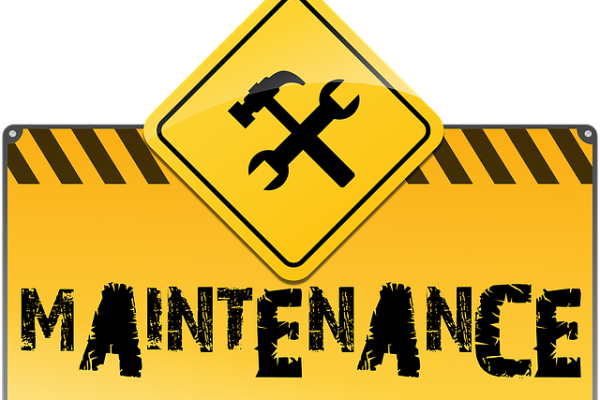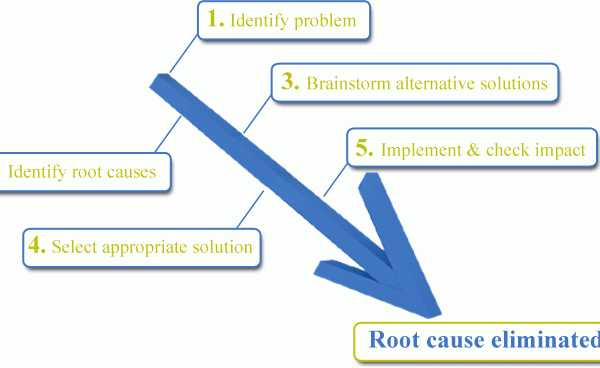ADKAR change management is one of many change management models which can assist in the development of a cultural transition program. It focuses on change at an individual level, and the specific needs of that individual, in order for that person to change their behaviours to the desired ways of working – the new culture:…
The Business Articles Blog lets you know whenever any new or updated Web pages appear on Educational Business Articles.
Don’t miss our new finds, updates and how-to guides.
To subscribe to Educational Business Articles Blog (no e-mail address necessary), RIGHT-click on the orange RSS button and then copy-and-paste the URL of the “RSS feed” into your blog reader.
Or click on the Google, My Yahoo!, or My MSN button if you use one of those. Follow their instructions.
If you are not sure how RSS and subscribing works, please read What’s an RSS Feed? You will be amazed how RSS brings your world to you.

